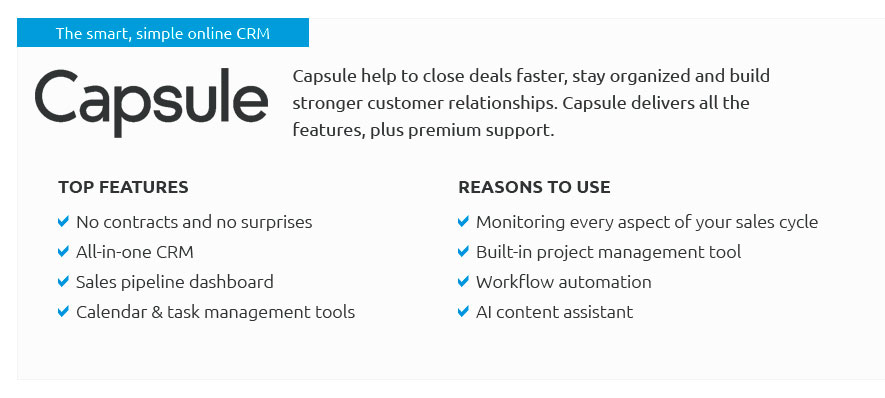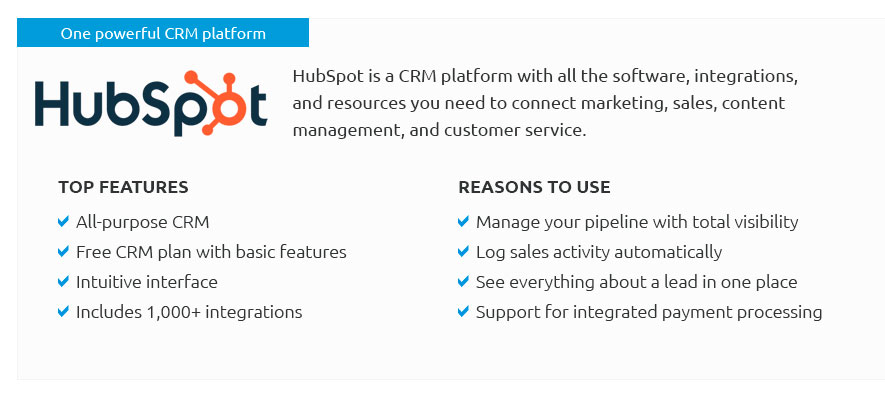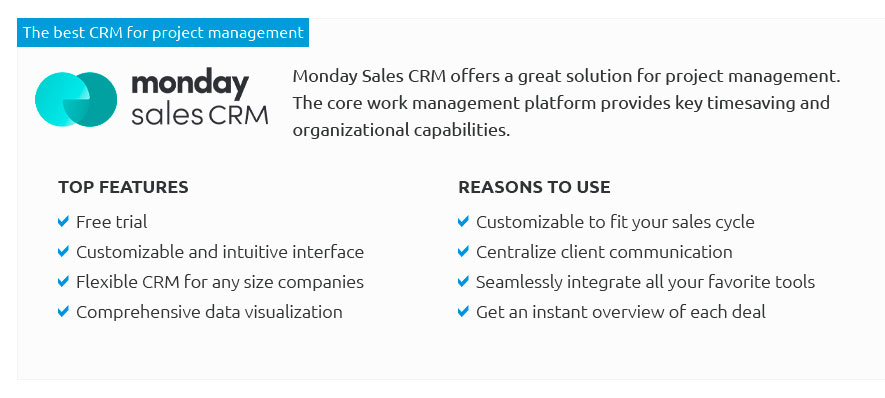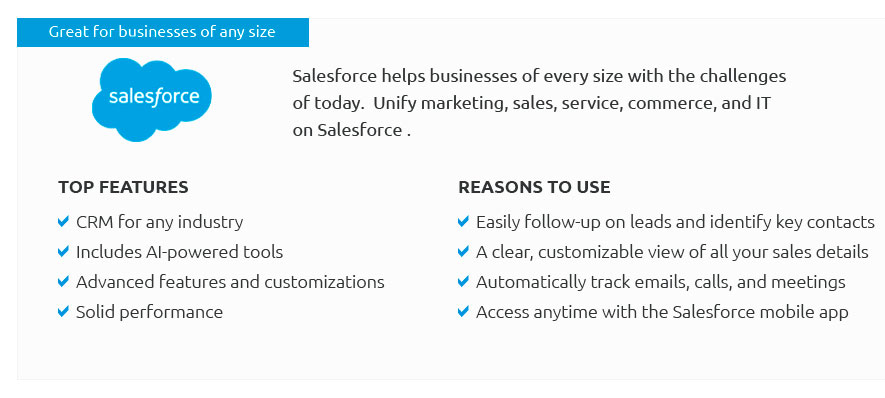 |
 |
 |
 |
 |
 |
|
 |
|
 |
|
 |
|
 |
|
 |
|
 |
 |
Understanding the Sales Pipeline: Best Practices for SuccessThe concept of the sales pipeline is as integral to modern business as the products or services offered. At its core, a sales pipeline represents the journey potential customers take from initial contact to final purchase, serving as a visual and strategic model that helps businesses forecast revenue, assess the efficacy of their sales processes, and identify areas for improvement. This model is often broken down into stages that reflect the customer's progress, typically including lead generation, qualification, consideration, and closure. Each stage of the pipeline demands specific actions and strategies, and mastering these can significantly enhance a company's sales performance. To effectively manage a sales pipeline, a nuanced approach is required. One key best practice is ensuring that your sales pipeline is meticulously documented and consistently updated. This involves keeping track of all interactions with potential customers, noting any shifts in their position within the pipeline, and being vigilant about following up on leads. Another crucial aspect is prioritization; not all leads are created equal, and discerning which prospects are most likely to convert allows sales teams to allocate resources efficiently. It's also essential to establish clear metrics for success at each stage of the pipeline. This not only aids in assessing the effectiveness of current strategies but also provides invaluable insights for future improvements. Moreover, adopting a customer-centric approach is paramount. Today's consumers are more informed and discerning than ever before, and tailoring your sales process to address their specific needs and concerns can make all the difference. This involves active listening, personalized communication, and building genuine relationships. It's not merely about closing a sale; it's about nurturing a connection that could lead to repeat business and referrals. Additionally, leveraging technology, such as CRM systems, can greatly enhance pipeline management by providing detailed analytics and automation tools that streamline processes and reduce manual workload. Challenges will inevitably arise in managing a sales pipeline. These can range from a lack of qualified leads to bottlenecks in the process that slow down progress. Addressing these issues requires a proactive approach, often involving regular pipeline reviews and adjustments to tactics as necessary. Sales teams should not shy away from experimenting with different approaches to see what resonates best with their target audience. Flexibility and adaptability are key traits that can help overcome obstacles and maintain momentum. In conclusion, while the sales pipeline is a complex and multifaceted tool, its effective management can yield substantial benefits for any business. By maintaining a detailed, prioritized, and customer-focused pipeline, companies can not only increase their sales but also enhance customer satisfaction and loyalty. As the marketplace continues to evolve, so too must the strategies employed within the pipeline, ensuring they remain relevant and impactful. Ultimately, the sales pipeline is more than just a means to an end; it is a comprehensive framework that, when utilized effectively, can drive sustained growth and success. https://business.adobe.com/blog/basics/sales-pipeline
A well-maintained sales pipeline enhances forecasting, improves efficiency, and boosts your team's ability to close deals. Consider implementing ... https://blog.hubspot.com/sales/sales-pipeline
A sales pipeline is a visual representation of the steps a potential customer goes through, from initial contact to closing a deal. It shows the ... https://www.techtarget.com/searchcustomerexperience/definition/sales-pipeline
A sales pipeline is a visual representation of sales prospects and where they are in the purchasing process. Pipelines also provide ...
|